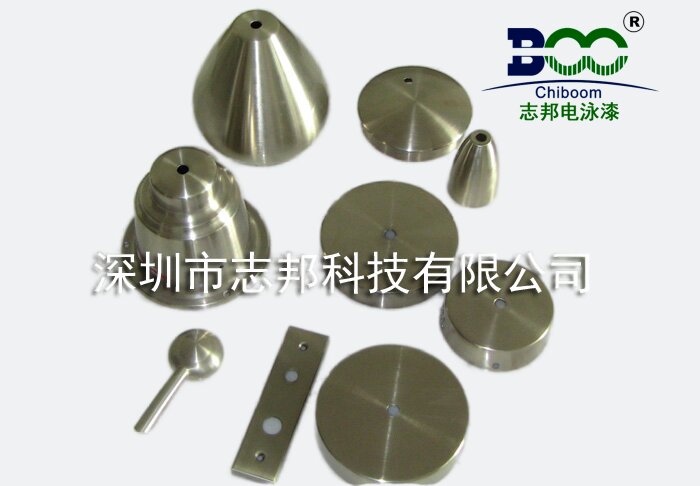Disadvantages of electrophoretic paint
Analysis of the Disadvantages of Electrophoretic Paint
Electrophoretic paint, as an advanced surface coating technology, demonstrates significant advantages in corrosion resistance, coating efficiency, and environmental friendliness, widely applied in various fields such as automobiles, home appliances, and construction. Nevertheless, like any other technology, electrophoretic paint is not without its flaws. This article delves into the disadvantages of electrophoretic paint from multiple perspectives.
I. High Cost
One of the prominent disadvantages of electrophoretic paint lies in its high cost. The equipment required for electrophoretic coating, including specialized electrophoresis tanks, rectifiers, ultrafiltration units, etc., incurs substantial initial investment. Moreover, the cost of the electrophoretic paint itself, especially high-quality, high-performance varieties, is relatively expensive. This makes electrophoretic paint less feasible for industries or products with stringent cost constraints.
II. Limited Color Options
Electrophoretic paint offers a relatively limited range of colors, which can be challenging for clients with specific needs. Although electrophoretic coatings can achieve colored coatings by adding pigments, they still lag behind traditional spray painting techniques in color diversity and brightness. This limitation becomes apparent when dealing with products requiring a diverse color palette.

III. Stringent Requirements for Coated Objects
Due to the unique nature of the electrophoretic coating process, there are strict size constraints on the coated objects, making it challenging to apply to oversized or irregularly shaped items. Electrophoretic coating necessitates fully immersing the coated object in the electrophoresis tank, which restricts the size and shape compatibility. For oversized or oddly shaped objects, electrophoretic coating may not be feasible or may yield unsatisfactory results.
IV. Complex Process with High Technical Requirements
The electrophoretic coating process is intricate, requiring specialized equipment and skilled technicians for operation and maintenance. The process involves multiple chemical and physical transformations, including electrolysis, electrophoresis, electrodeposition, and electroosmosis, necessitating precise control over various process parameters such as voltage, current, temperature, and time. Additionally, maintaining and managing the electrophoresis bath solution is crucial, involving regular checks on bath composition, adjustments to process parameters, and the removal of impurities. These tasks pose high demands on the professionalism and technical skills of the operators.
V. High Curing Temperature and Poor Material Compatibility
Electrophoretic paint demands a high curing temperature, posing challenges for materials sensitive to heat treatment. During the high-temperature curing process, some materials may experience deformation, discoloration, or performance degradation, affecting the coating quality and product performance. Therefore, when selecting electrophoretic paint for coating, it is crucial to consider the material properties and requirements.
VI. High Production Line Continuity with Limited Flexibility
Electrophoretic coating lines generally require continuous operation, preferably operating at full capacity. Lower production volumes or extended downtime can increase production costs. Furthermore, once the electrophoretic coating line is operational, it is challenging to halt production or adjust process parameters, limiting production flexibility and adaptability.
In conclusion, despite its numerous advantages and broad application prospects, electrophoretic paint still exhibits several non-negligible disadvantages. When selecting electrophoretic paint for coating, it is essential to comprehensively consider product requirements, production conditions, cost-effectiveness, and other factors to make a scientific and reasonable decision.





 WeChat
WeChat